
Getting Started with Oracle Data Integrator 11g: A Hands-On Tutorial
¥107.90
Getting Started with Oracle Data Integrator 11g: A Hands-On Tutorial is a practical tutorial bursting with tips, illustrations and real-world best practices to get you on your way with ODI. If you are a software/ETL developer or database administrator who is new to Oracle Data Integrator but want to get hands-on with the product quickly, then Getting Started with Oracle Data Integrator 11g: A Hands-On Tutorial is for you. You should have some experience with databases, SQL and ETL technologies.
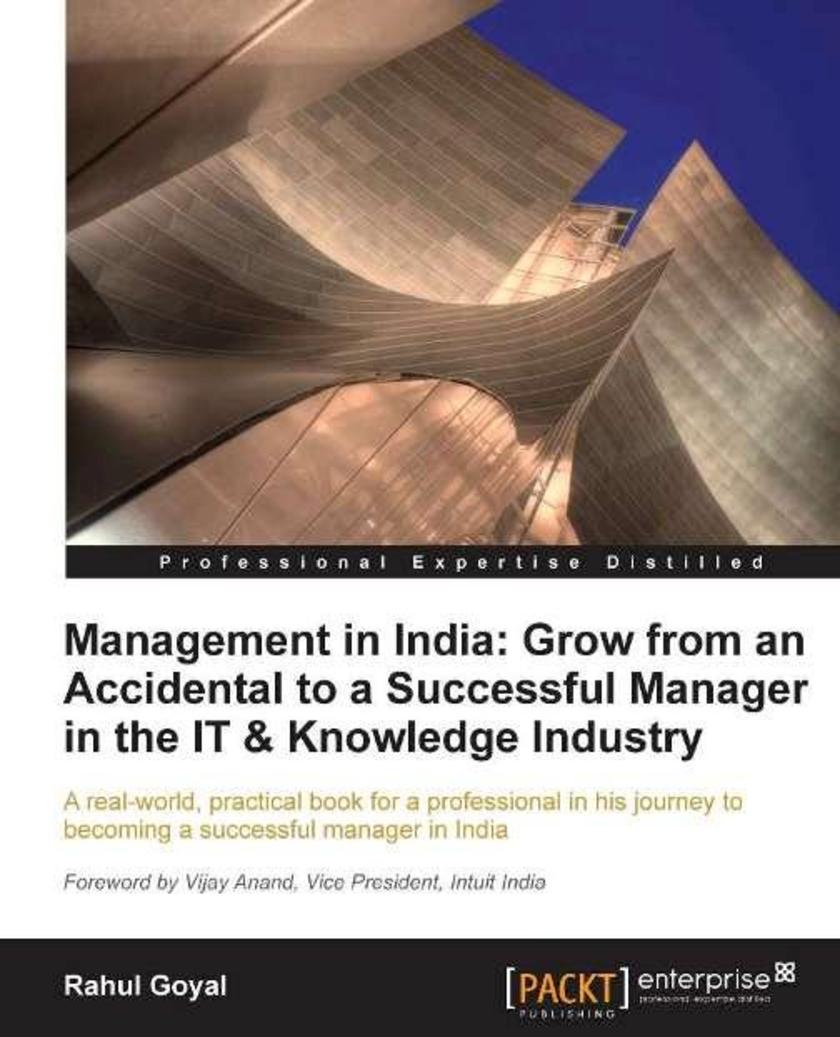
Management in India
¥71.93
This book focuses on the real-world understanding of management concepts so as to maximize learning. It focuses on the various aspects of management covering the common pitfalls and practical insights. Although it explains management frameworks using an Indian context and scenarios, these management principles remain the same across all sectors and so people from other sectors will also benefit from this book. MNCs who want to effectively manage employees of their Indian branches, New Managers, Aspiring managers, and soon-to-be managers, All managers who wish to be more effective by better understanding the management frameworks and how they apply to the Indian IT and ITes sectors – IT Product Development, Services, Backend processing, and BPO, Management principles remain the same across all sectors and so people from other sectors will also benefit from this book

Inkscape Beginner's Guide.
¥71.93
As part of Packt’s Beginner’s Guide series, each chapter covers an aspect of working with Inkscape, with plenty of screenshots and practical examples. This book is intended for beginning graphic and web designers who want to expand their graphic software expertise. General familiarity with a graphics program is recommended, but not required.
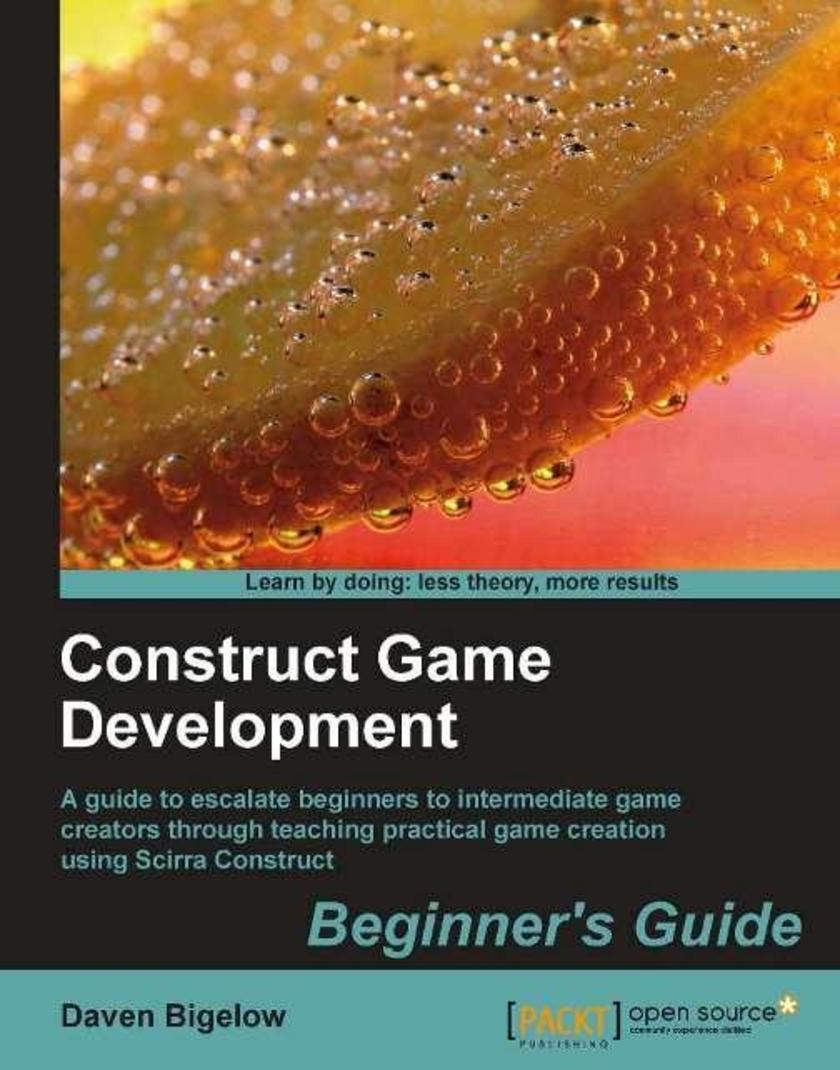
Construct Game Development: Beginner’s Guide
¥80.65
This is a beginner’s guide with plenty of screenshots and step-by-step instructions. Through three sample games, the reader will learn about practically creating games with Construct. If you have thought of making a game of your own, this book is for you. All you need to know is that you can and how to operate a computer!
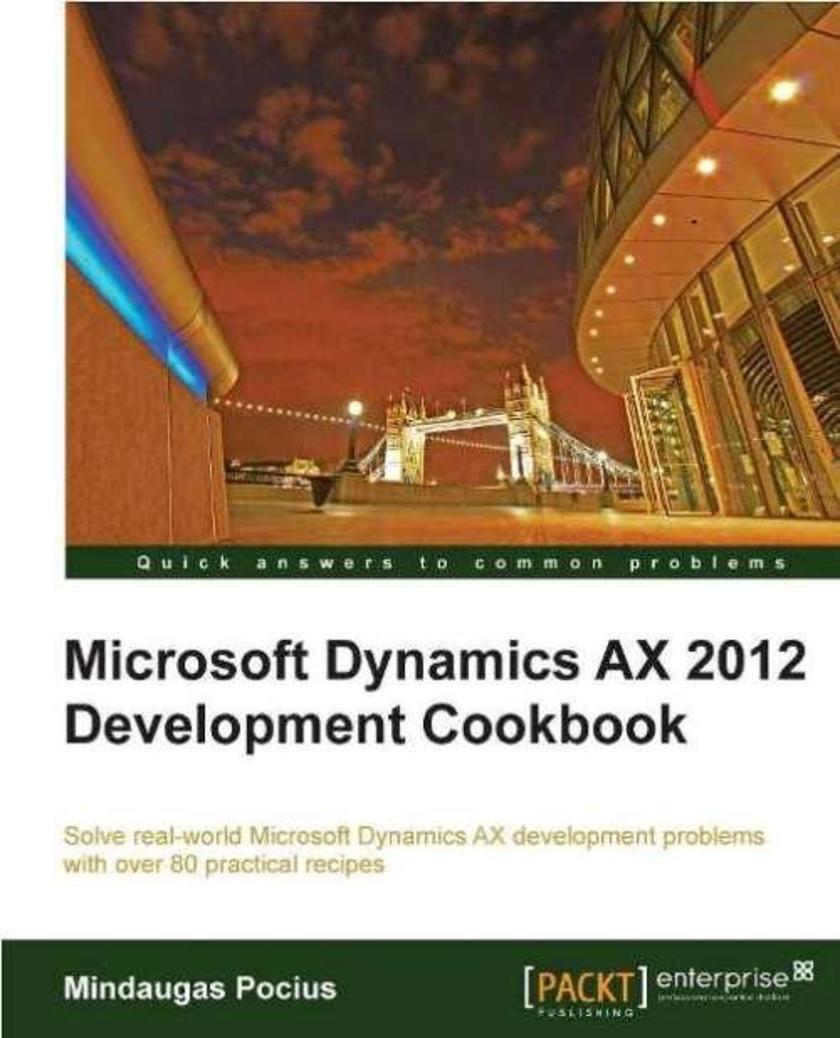
Microsoft Dynamics AX 2012 Development Cookbook
¥90.46
Microsoft Dynamics AX 2012 Development Cookbook' is full of immediately useable recipes showing you how to manage your company’s ERP information and operations efficiently, and solve your business process problems in an effective and quick way. This book contains a list of useful Dynamics AX modifications – recipes – along with all required code and in-depth explanations. Most of the recipes are presented using real-world examples in a variety of Dynamics AX modules. In addition to its cookbook style, which ensures the solutions are presented in a clear step-by-step manner, its explanations go into great detail, which makes it good learning material for everyone who has experience in Dynamics AX and wants to improve. The book is designed in such a way that most of the recipes are presented as separate, standalone entities and reading of other, prior recipes is not required. Some recipes however, are extensions of the prior ones. If you are a Dynamics AX developer who is primarily focused on delivering time-proven application modifications, then this book is for you. Although new X++ developers will find this book useful, this book is focused more towards developers who already know the basics of Dynamics AX programming and want to step up to the next level and at the same time learn the functional aspects of Dynamics AX. Some Dynamics AX coding experience is expected.
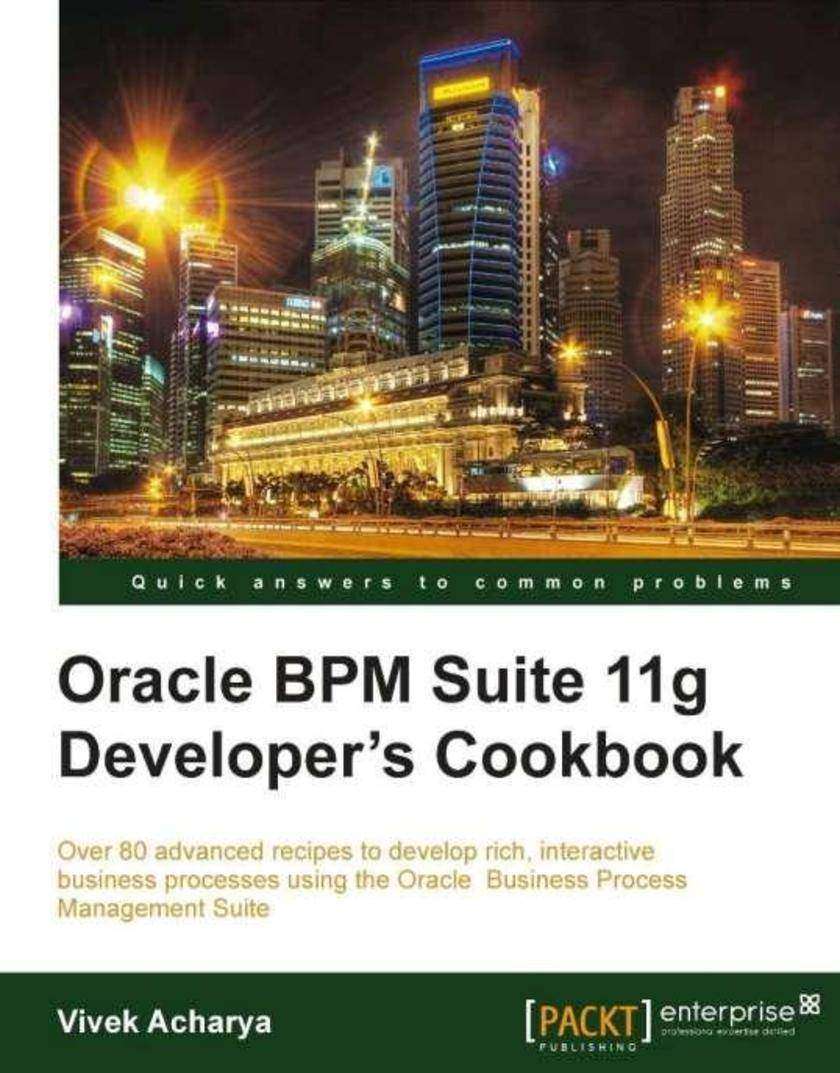
Oracle BPM Suite 11g Developer's cookbook
¥116.62
This book is written in simple, easy to understand format with lots of screenshots and step-by-step explanations. If you are a BPM developer, looking to develop robust BPM solutions without impediments, then this is the best guide for you. This book assumes that you have a fundamental knowledge of BPM.

FusionCharts Beginner’s Guide: The Official Guide
¥80.65
The book is written as a practical, step-by-step guide to using FusionCharts Suite. The book not only teaches you the fundamentals and implementation of FusionCharts Suite, but also makes you the data visualization guru among your friends and colleagues by teaching how to select the right chart type and usability tips. Filled with examples, code samples and practical tips in a no-nonsense way, the book is a breeze to read.This book is both for beginners and advanced web developers who need to create interactive charts for their web applications. No previous knowledge of FusionCharts Suite is assumed, and the book takes you right from downloading it to creating complete reports and dashboards.
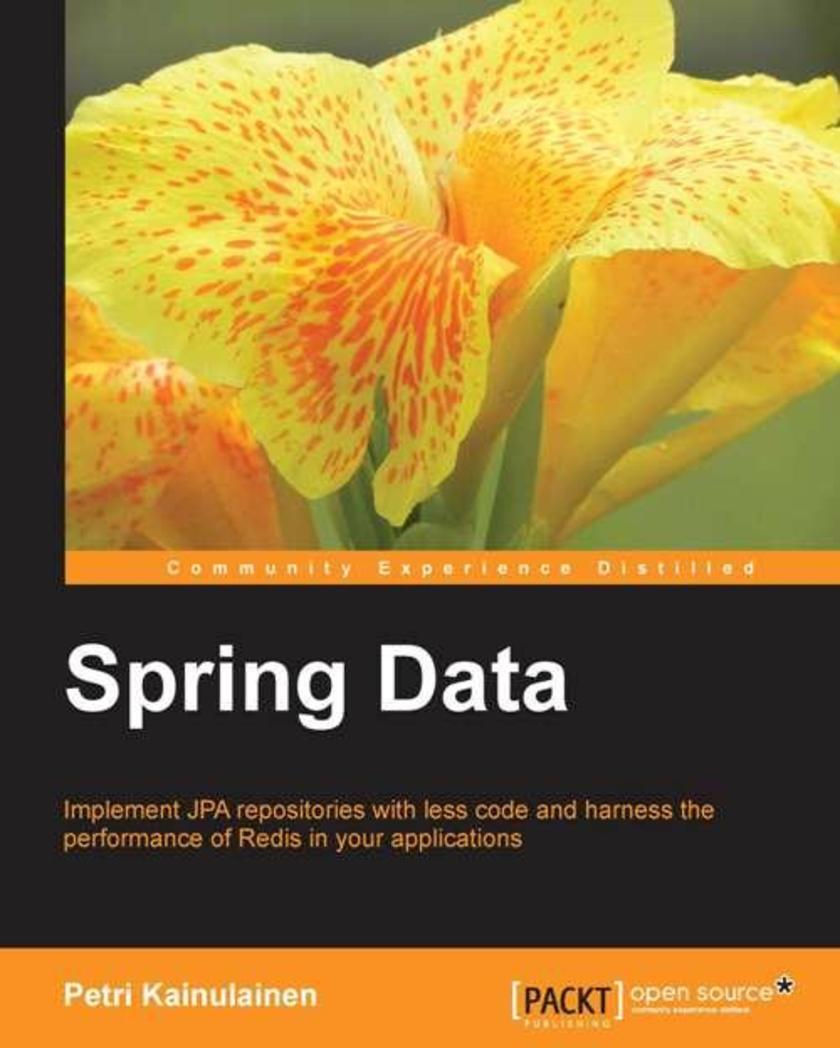
Spring Data
¥45.77
This book is a standard tutorial which provides step-by-step instructions and a lot of code examples that are easy to follow and help you to get started from page one. This book is suited for developers who are working with Spring-powered applications, and are looking for an easier way to write data access code that uses relational databases. Also, if you are interested in learning how you can utilize Redis in your applications, this is the book for you. This book assumes that you have got some experience with the Spring Framework and the Java Persistence API. No previous experience with Redis is required.
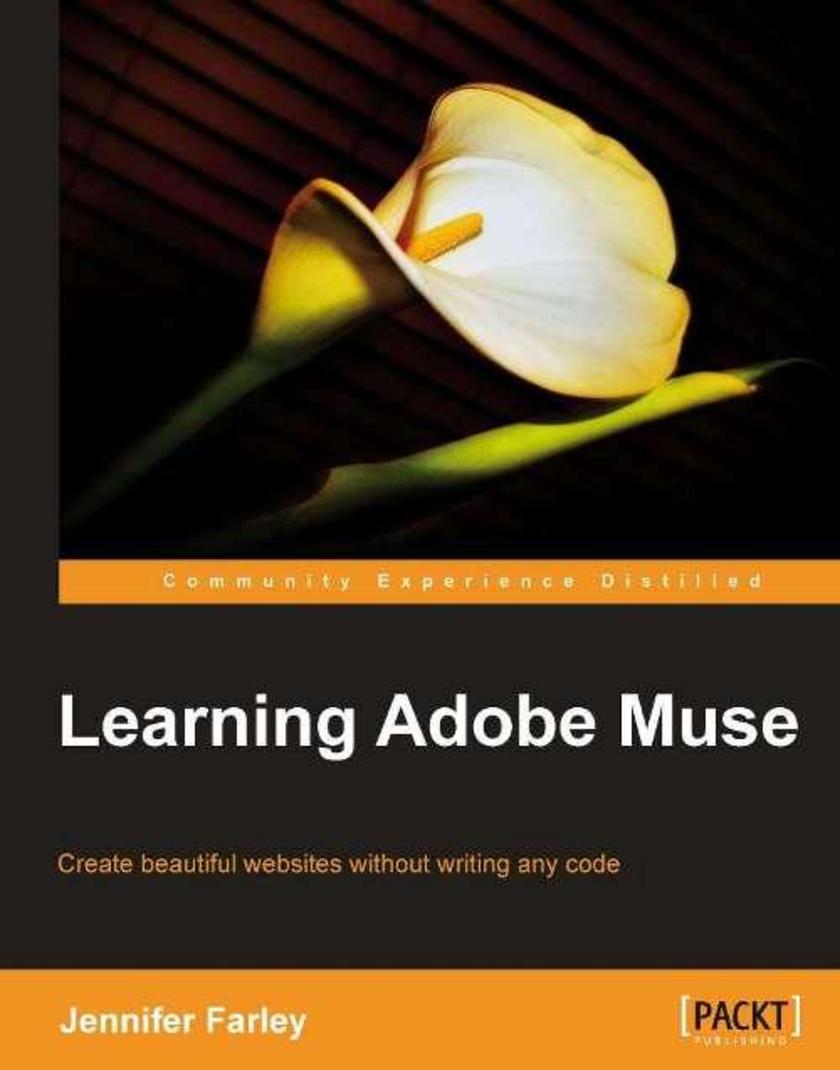
Learning Adobe Muse
¥80.65
This is an easy to read, practical, step by step guide covering the typical workflow for designing and building a website using Adobe Muse. As you work though the examples in the book you will build a fully-functioning website. The book includes many screenshots and graphics showing you exactly how to use the various features in Adobe Muse,This book is written for beginner web designers and also graphic designers who are interested in using their print design skills on the Web. It will teach you how to quickly build websites without the need to learn HTML or CSS.
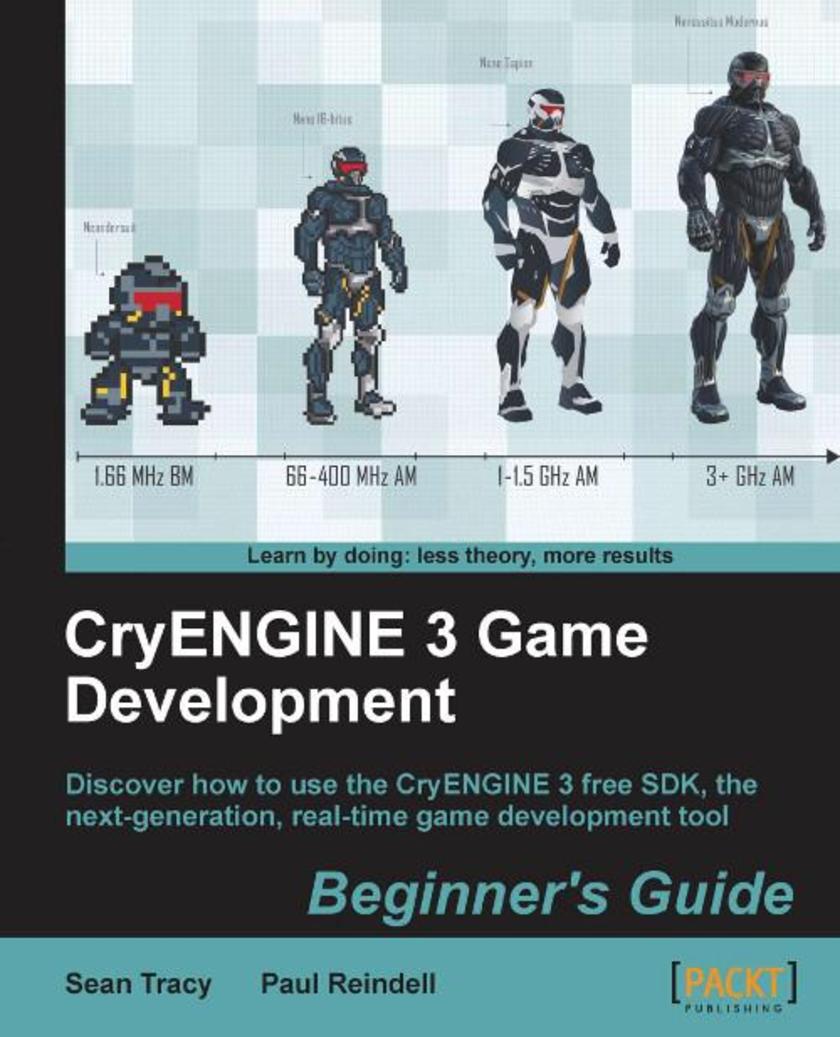
CryENGINE 3 Game Development:Beginner's Guide
¥90.46
A step by step beginner's tutorial to creating AAA style games with the complete game creation tool, CryENGINE 3,This book is written with the beginner and casual developer in mind. The freely available version of the CryENGINE3 is used for all examples in this book.

Processing 2: Creative Programming Cookbook
¥80.65
A cookbook with a broad sweep of the topic, through lots of practical and useful recipes that are fun to read and do. This book targets creative professionals, visual artists, designers, and students who have a starting knowledge of the Processing Development environment and who want to discover the next level of Processing. Anyone with a creative practice who wants to use computation in their design process. A basic understanding of programming is assumed. However, this book is also recommended to the non-artistic, looking to expand their graphics and artistic skills.
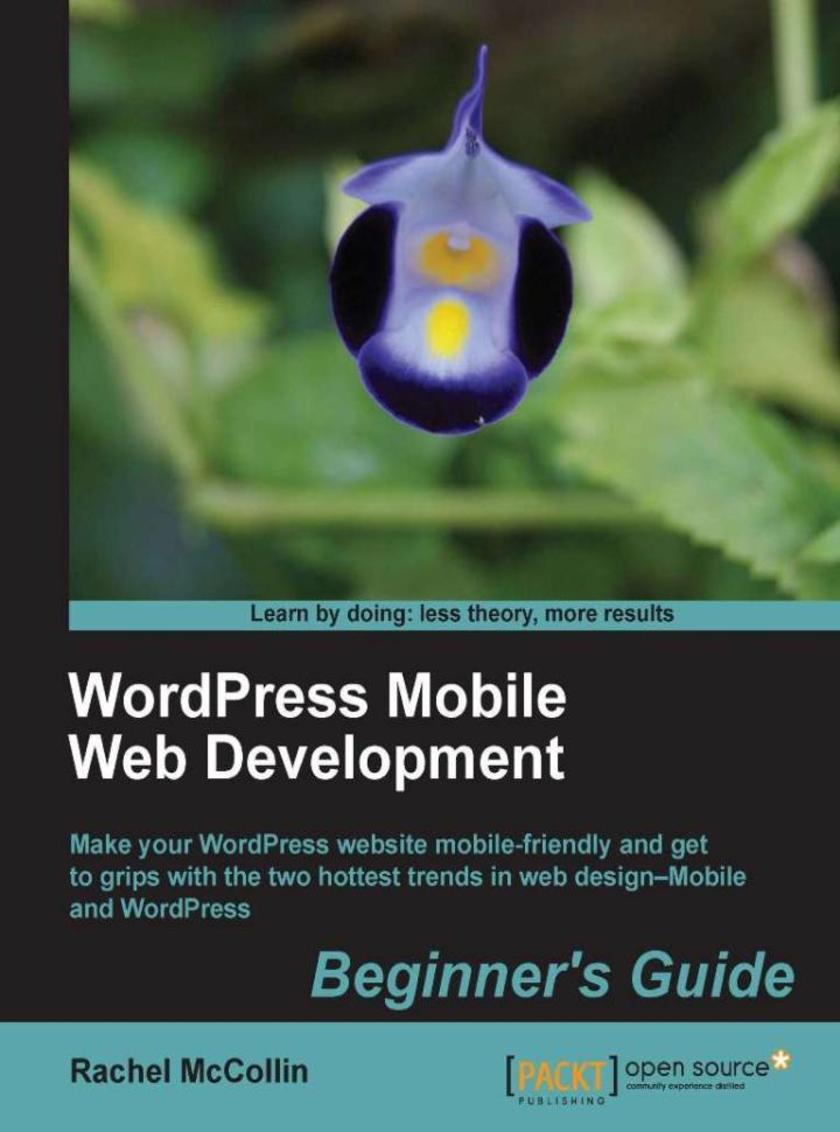
WordPress Mobile Web Development
¥90.46
Beginner's Guide. If you have dabbled in WordPress or been working with it for years, and want to build mobile or responsive themes or sites, this book is for you. Even if you can’t write a line of code, the first few chapters will help you create a simple mobile site. But to get the most from the book, you will need a good understanding of HTML, CSS and WordPress itself. This book is for owners of self-hosted WordPress sites, not sites hosted at wordpress.com.
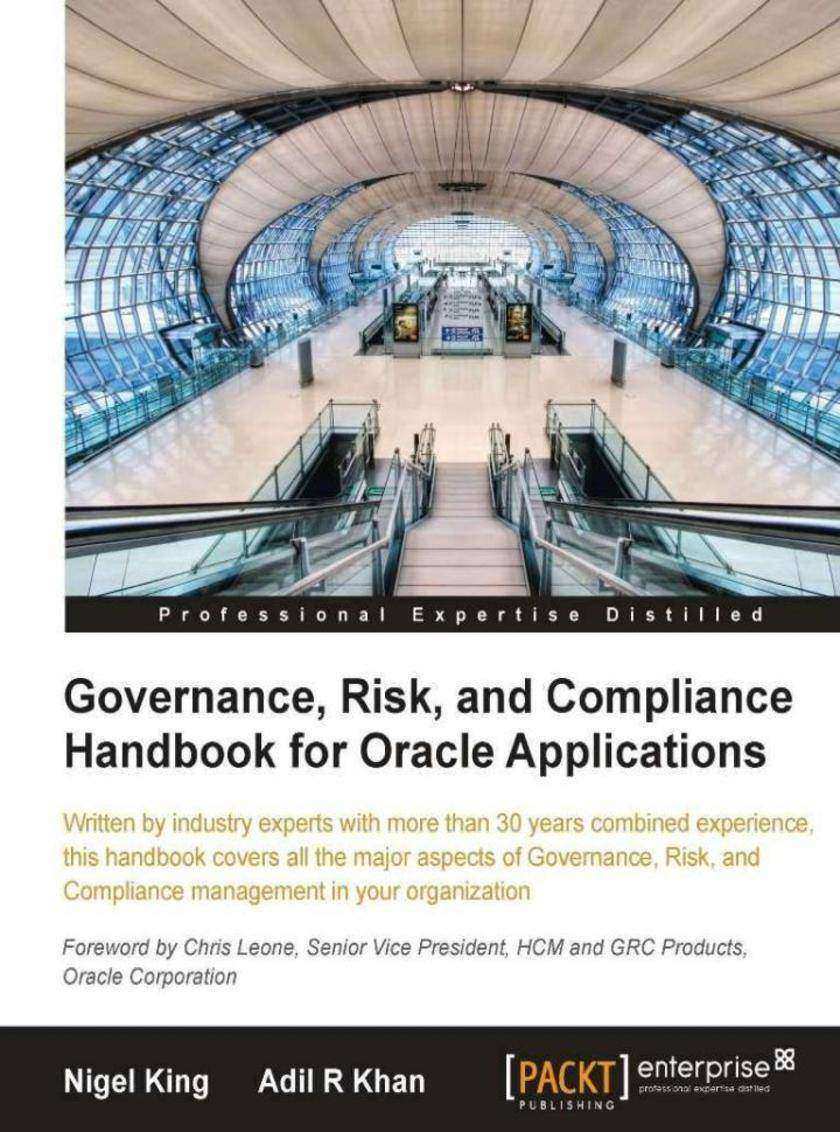
Governance, Risk, and Compliance Handbook
¥135.15
The book is not organized by product, rather by the governance and risk assurance processes. A given product may be represented in multiple places within the book and a given process may contain multiple product references. To ensure that we keep ourselves grounded in real problems, the book is written as a journal of a fictional company establishing its governance processes. It will introduce managers and directors responsible for various aspects of the governance, risk and compliance problem and where that problem is exposed and how it is addressed in the technology and business applications. The audience for this book is the people that advise the board, the internal audit department and CIO office on controls, security and risk assurance. Consultants that are implementing Financials or GRC Applications who wish to gain an understanding of the Governance Risk and Compliance processes, and how they are represented in Oracle, should find it a useful primer. Risk Assurance professionals will find it a reliable companion.
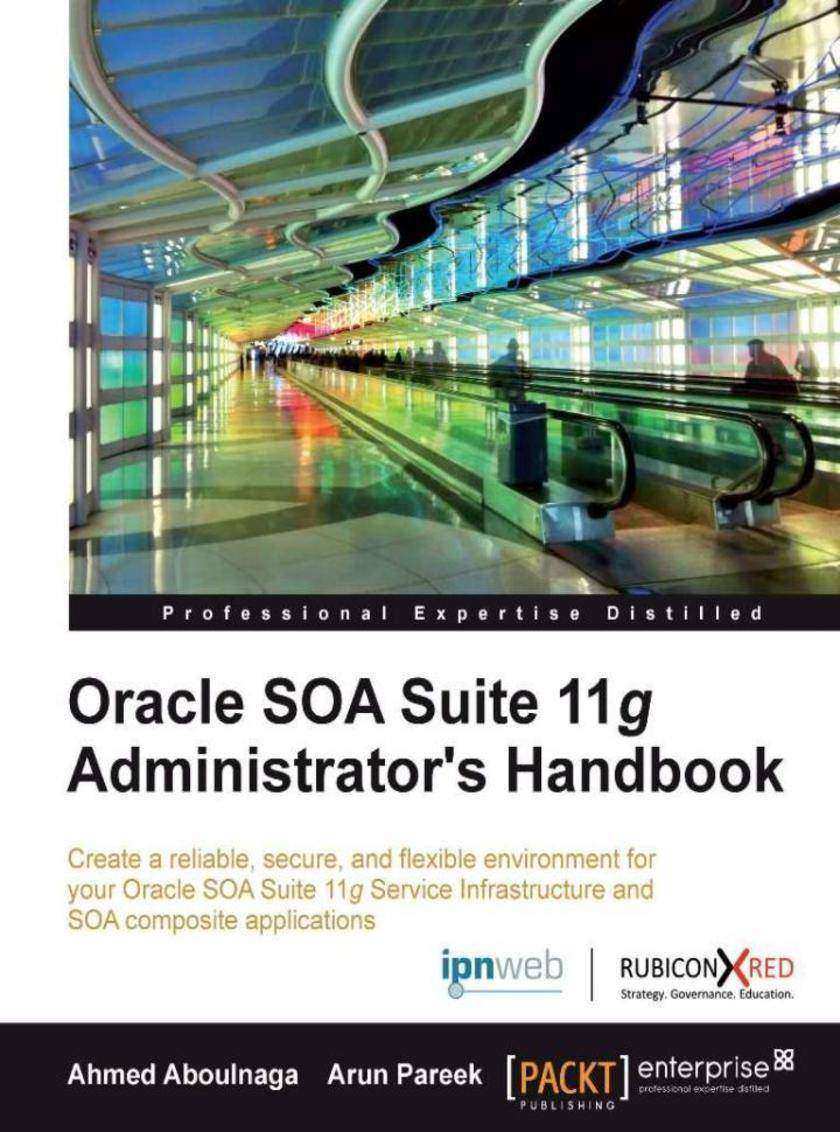
Oracle SOA Suite 11g Administrator's Handbook
¥107.90
The book explains core concepts while providing real world implementation specifics, detailing the administration-related activities with Oracle SOA Suite 11g with a step-by-step approach using real-world examples. The authors demonstrate the use of WLST *s that administrators can reuse and extend to perform most administration tasks such as deployments, tuning, migration, and installation. If you are an Oracle SOA Suite administrator, WebLogic Server administrator, Database administrator, or developer that needs to administer and secure your Oracle SOA Suite services and applications, then this book is for you. Basic knowledge of Oracle SOA Suite Administration is beneficial, but not necessary.
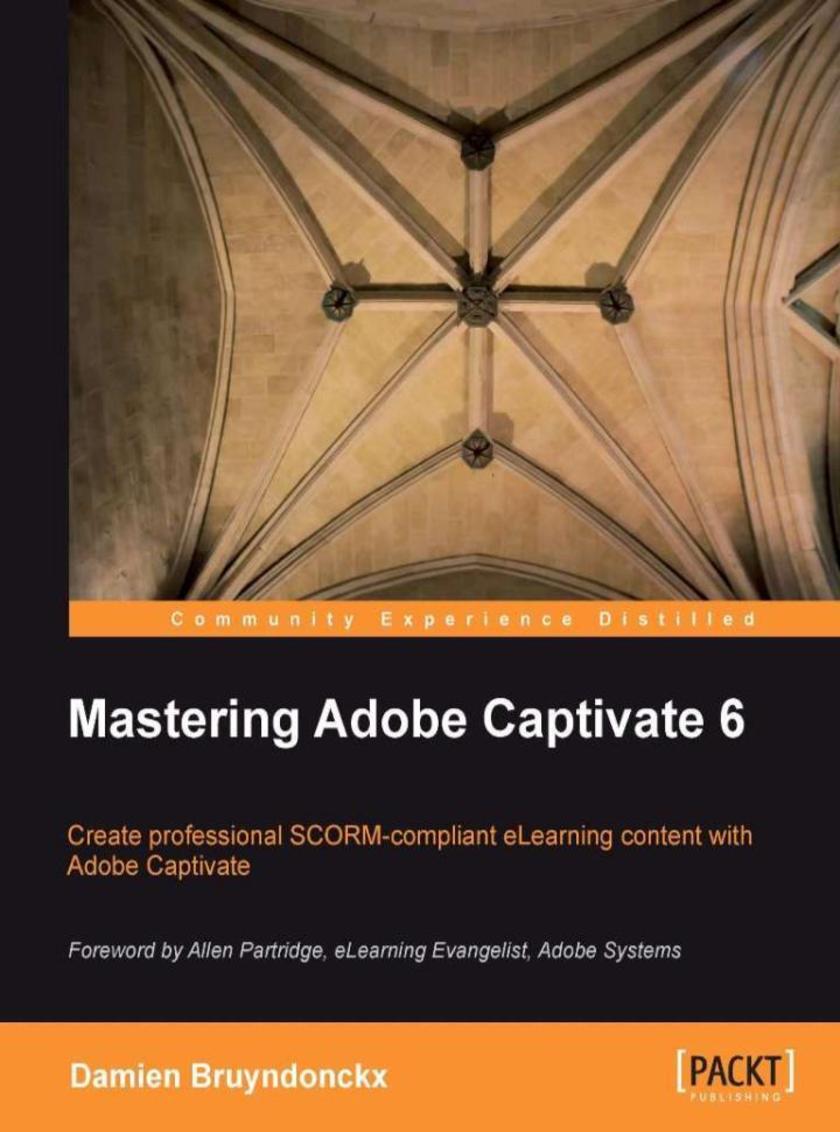
Mastering Adobe Captivate 6
¥90.46
This book is a step-by-step tutorial including all the needed assets to build the three sample projects it covers. It is divided into lots of small sub-topics and follows a clear and logical outline to help you structure your new knowledge. Every single feature covered is immediately illustrated by a meaningful exercise. Self-exploration of the software is strongly encouraged through extra exercises and experimentations. The book also introduces you to the Captivate community by providing lots of external reference and tips and tricks from established e-learning professionals. If you are: A teacher wanting to produce high quality e-learning content for your students. Working in a training department and want to implement e-learning in your company. Using a SCORM or AICC-compliant LMS and want to produce e-learning content to track your students’ performance. A webmaster in need of a fun and interactive way to produce an FAQ or a support site. Interested in e-learning. Then, this book is for you! A basic knowledge of your operating system (Mac or Windows) is all it takes to author the next generation of e-learning content with this book.
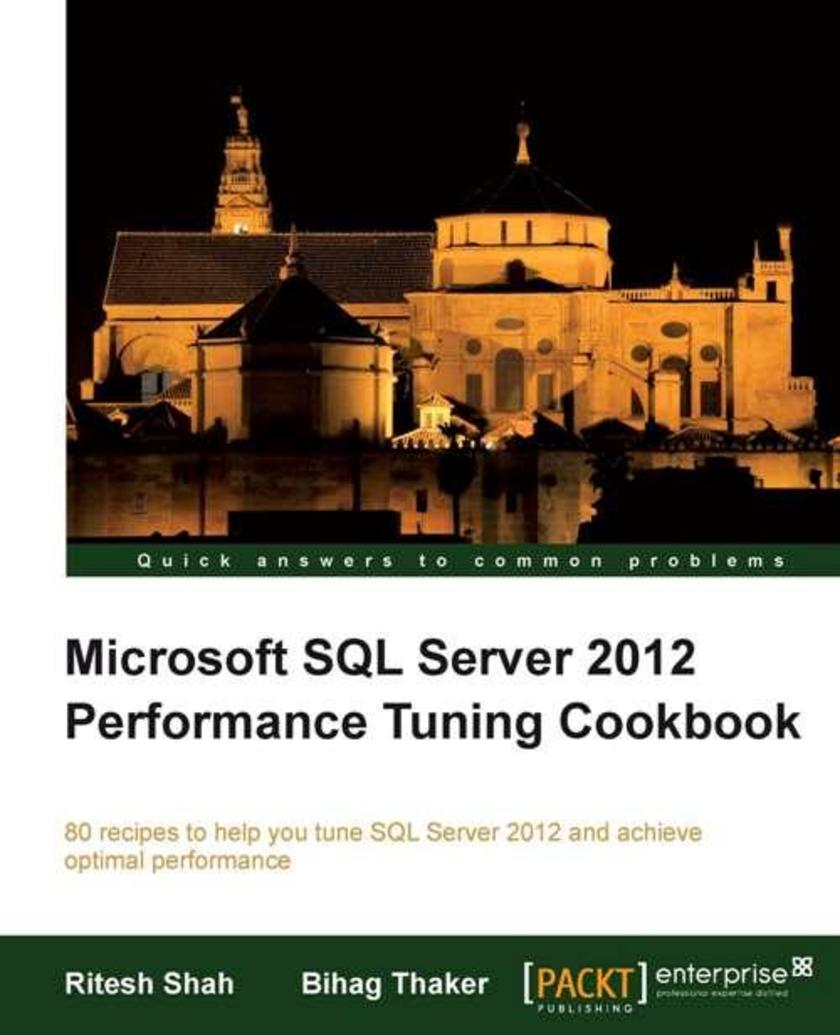
Microsoft SQL Server 2012 Performance Tuning Cookbook
¥107.90
This book has individual recipes and you can read it from cover to cover or dip into any recipe and get solution to a specific issue. Every recipe is based on a */procedure explained with step-by-step instructions and screenshots. Concepts are illustrated for better understanding of why one solution performs better than another. SQL Server 2012 Performance Tuning Cookbook is aimed at SQL Server Database Developers, DBAs, and Database Architects who are working in any capacity to achieve optimal performance. However, basic knowledge of SQL Server is expected, but professionals who want to get hands-on with performance tuning and have not worked on tuning the SQL Server for performance will find this book helpful.

Getting Started with Citrix XenApp 6.5
¥107.90
This book has a tutorial style with step-by-step instructions and adequate screenshots for carrying out each task. If you are a system administrator or consultant who wants to implement and administer Citrix XenApp 6.5 farms, then this book is for you. This book will help both new and experienced XenApp professionals to deliver virtualized applications.
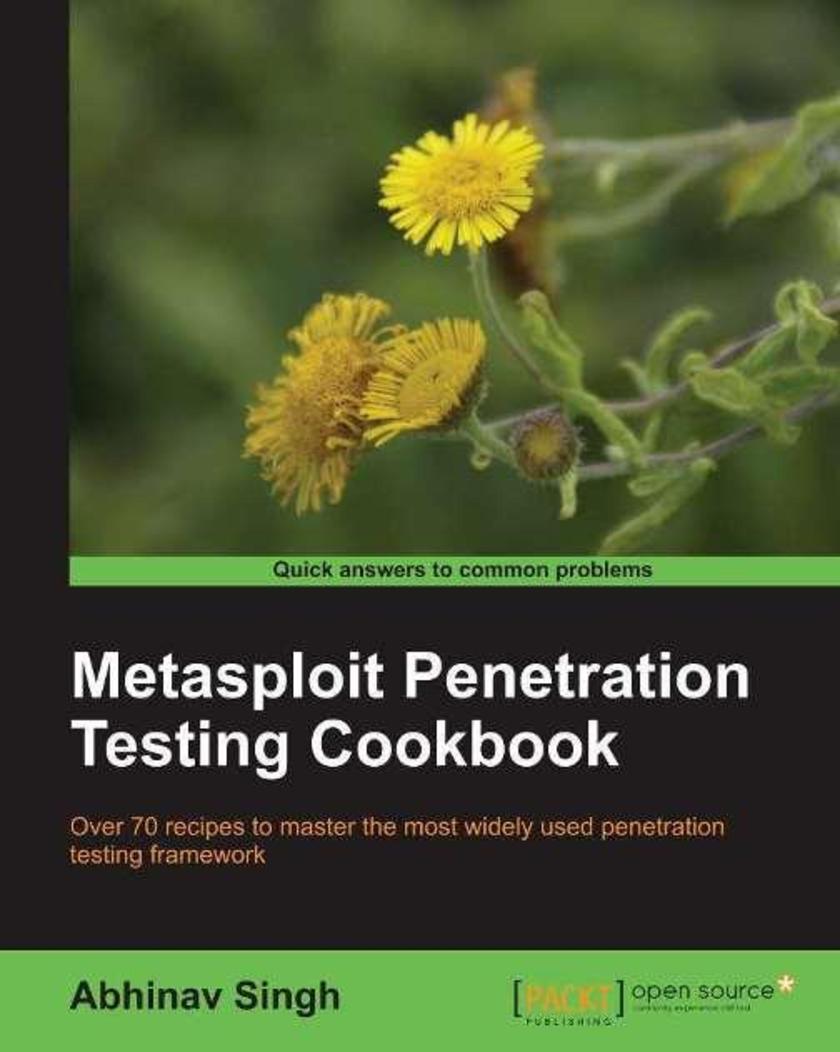
Metasploit Penetration Testing Cookbook
¥90.46
Over 80 recipes to master the most widely used penetration testing framework
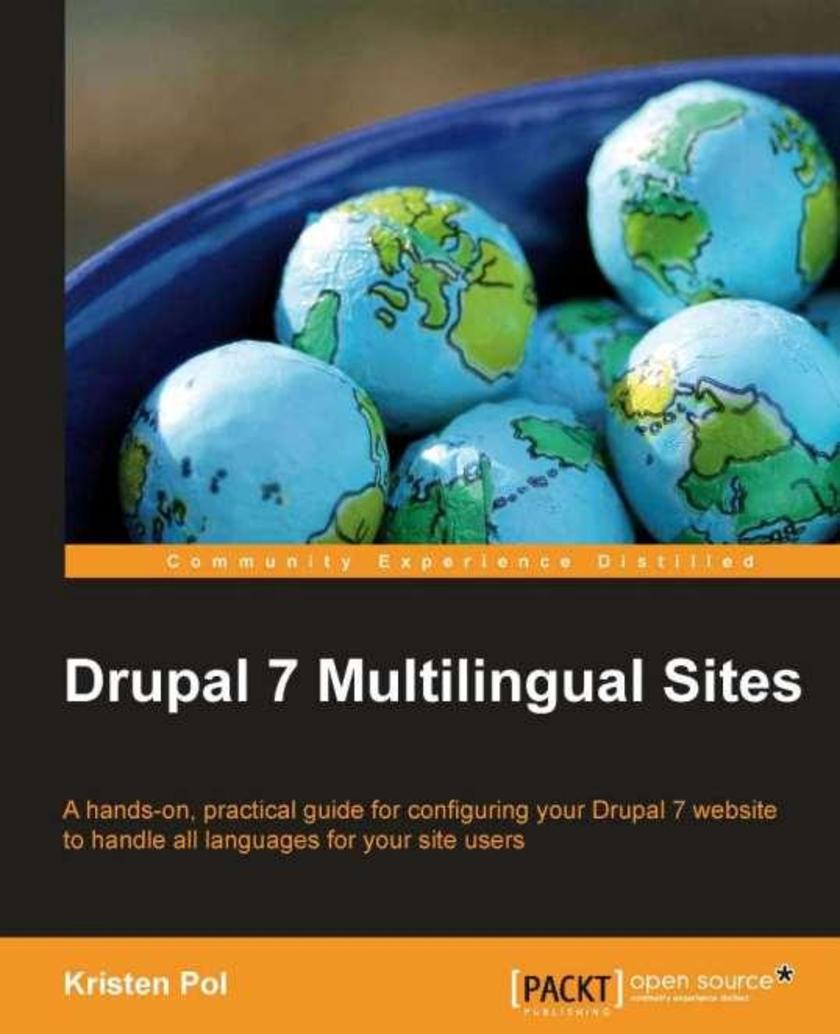
Drupal 7 Multilingual Sites
¥54.49
A practical book with plenty of screenshots to guide you through the many features of multilingual Drupal. A demo ecommerce site is provided if you want to practice on a sample site, although you can apply the techniques learnt in the book directly to your site too. Any Drupal users who know the basics of building a Drupal site and are familiar with the Drupal UI, will benefit from this book. No previous knowledge of localization or internationalization is required.
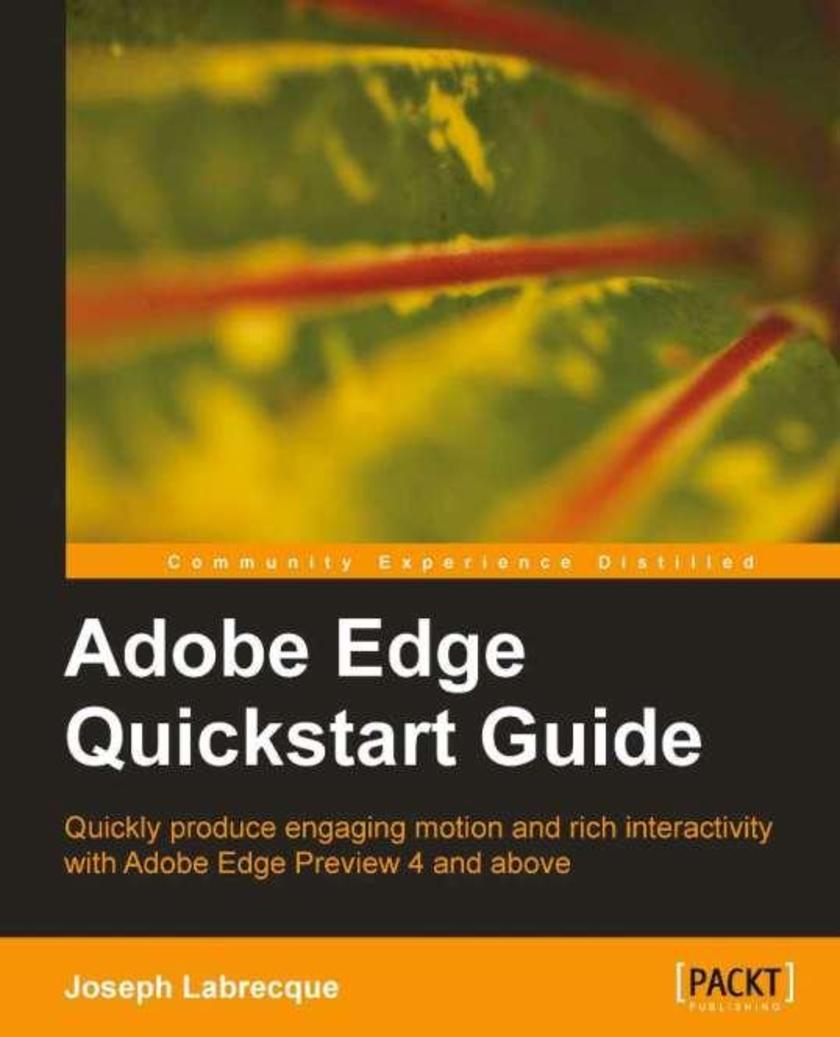
Adobe Edge Quickstart Guide
¥54.49
Adobe Edge Quickstart Guide is a practical guide on creating engaging content for the Web with Adobe's newest HTML5 tool. By taking a chapter-by-chapter look at each major aspect of Adobe Edge, the book lets you digest the available features in small, easily understandable chunks, allowing you to start using Adobe Edge for your web design needs immediately. If you are interested in creating engaging motion and interactive compositions using web standards with professional tooling, then this book is for you. Those with a background in Flash Professional wanting to get started quickly with Adobe Edge will also find this book useful.
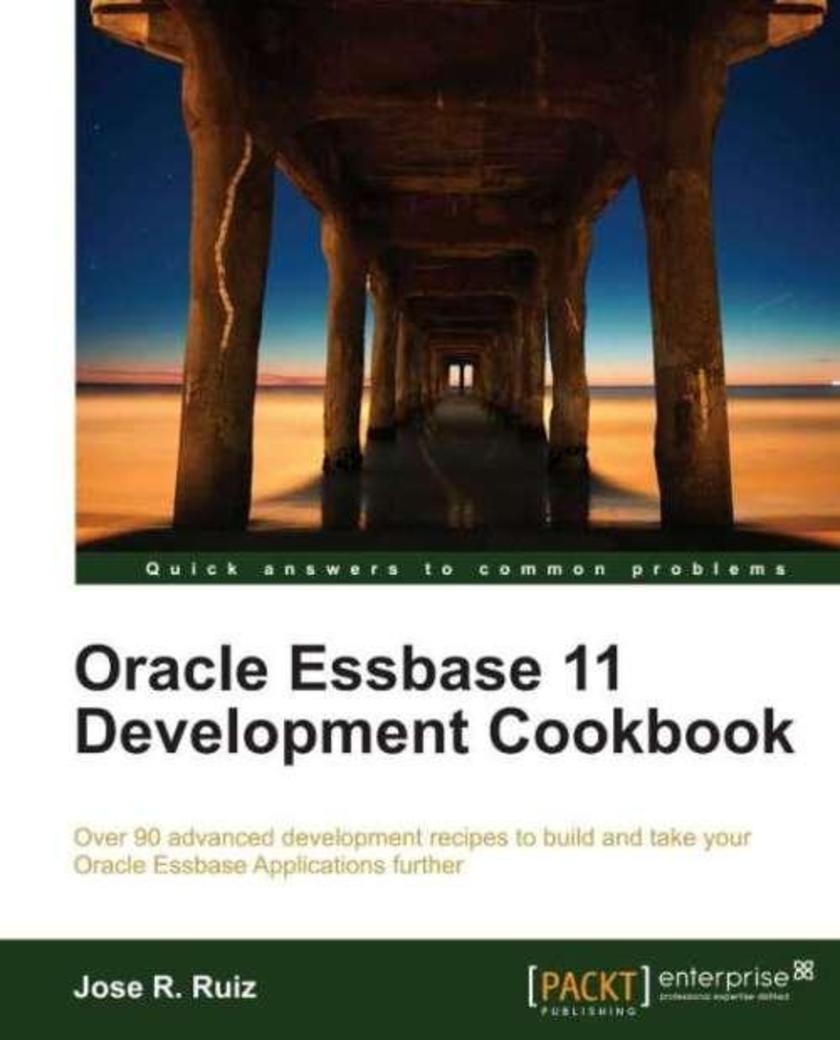
Oracle Essbase 11 Development Cookbook
¥107.90
This cookbook is full of immediately useable recipes showing you the advanced development techniques when building Essbase Applications and how to take these applications further. This cookbook offers practical, task-based, and immediately usable recipes covering a wide range of advanced development techniques to build Essbase Applications and take them further. In addition to its cookbook style, which ensures the solutions are presented in a clear step-by-step manner, its explanations go into great detail, which makes it good learning material for everyone who has experience in Essbase and wants to improve. The book is designed in such a way that you can either read it chapter by chapter or refer to recipes that you want in no particular order. If you are an experienced Essbase developer, Essbase Database Designer or Database Administrator, then this book is for you. This book assumes that you have good knowledge of Oracle Essbase.




 购物车
购物车 个人中心
个人中心



